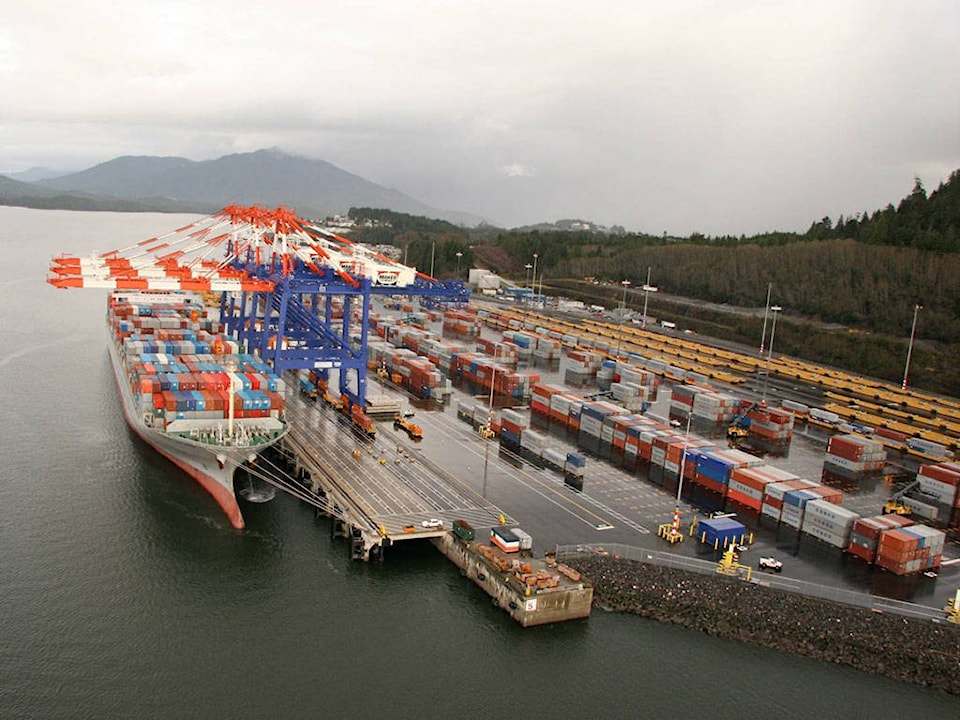The Prince Rupert Port Authority released a study on Tuesday that showed growth of 1,000 jobs over the last two years.
In 2016, 5,200 jobs were based around port activity. In 2018, this jumped to 6,200, as 26.7 million tonnes of goods were shipped through the port. The Port of Prince Rupert is currently Canada’s third largest port by value of trade.
In total, the international trade cargo handled in 2018 at the Port of Prince Rupert was valued at approximately $50 billion, with the business of transporting that trade through the gateway creating $1.5 billion of economic activity in the region.
The average annual wage of those employed by the port also jumped to $87,200 last year.
“The Port of Prince Rupert’s success is built on the hard work of the women and men that contribute to moving cargo efficiently and safely through the gateway every day, building our global reputation for innovation and reliability,” said Shaun Stevenson, president and CEO of the Prince Rupert Port Authority.
“Northern B.C. is our home. We’re proud of the economic benefits we’ve been able to cultivate with all of our partners over the last decade.
“As we look to the future, we are optimistic that we will collectively continue to deliver a globally competitive trade corridor for B.C. and Canadian exporters and reap the economic benefits from it, given the Prince Rupert Gateway’s strategic advantages and demonstrated track record,” Stevenson added.
In addition to employment benefits, port activity also created more than $125 million in annual tax revenues for all levels of government through stipends, personal tax, corporate tax and property tax revenues.
The Canadian and B.C. governments were the largest recipients, but taxes generated from PRPA lands increased to $9.3 million in revenues for local government as well.
